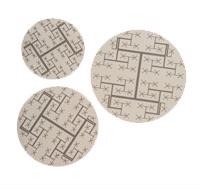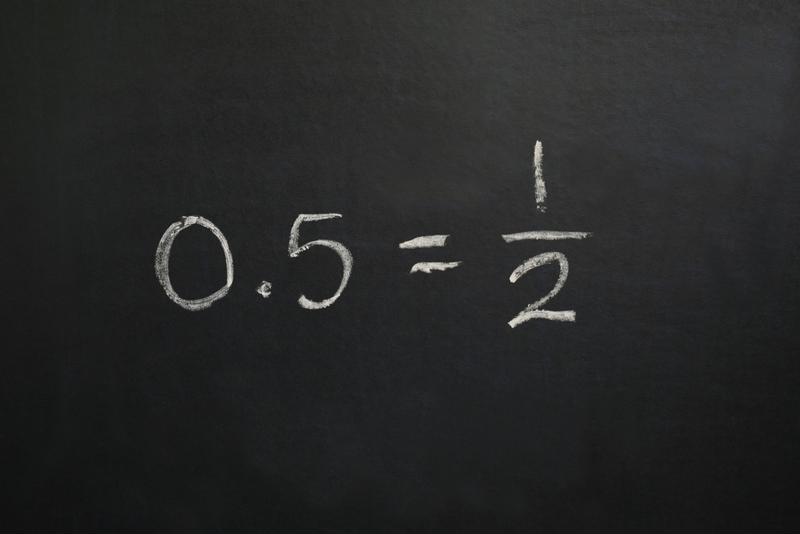Half-etching and its applications

Photo etching is a versatile metal fabrication process, and "half etching" serves as a perfect example. As the term implies, when we create a half etch line or feature, we're not etching all the way through the metal.
How do we half-etch parts?
Photo etching starts with the creation of a photo tool that is taken from a design saved in a Gerber file. We take the design and plot it on a dimensionally stable mylar film in the shape of the part. From there, we measure out the metal sheets, clean them and laminate them with photopolymer film in a safe-light clean room.
The photo tool and laminated metal are positioned together in a vacuum-frame UV exposure unit, with the identical photo tools on both sides of the metal. The exposed sheets are developed to remove the unexposed photopolymer, which leaves only the bare metal to be etched. Finally, we use an etching solution on both sides of the metal, which dissolves the metal and leaves the part.
Half-etching essentially works in the same way, but with one slight difference. A line or feature is strategically placed on one side of the photo tool, but is omitted from the other side. This means that during the etching process, the etchant only works on one side, ensuring that the feature is seen only on the desired half of the final part.
 Surface features, orientation marking and fold lines are all critical in the design process.
Surface features, orientation marking and fold lines are all critical in the design process.What is half-etching used for?
Some of the most common industrial uses are:
- Heat-dissipating surface features
- Flow channels for fuel cell plates and sensor membranes
- Perforated diaphragms
- Relief for additional tool access
- Removal of excess metal for weight reduction
- Part/orientation marking for identification purposes
- Rupture seams for pressure membranes
- Fold lines for hand-formed parts
Fold lines are especially useful for industrial use. A part can be designed flat with fold lines and then hand folded into a three-dimensional shape, saving time and money. RF Shielding is just one popular application of this. Other 3D processes tend to have high-tooling costs and long lead times, so half-etching is a great alternative.
Half-etching can also be used for what we call a double process. In this case, a design for an etched-through part may also require half-etch graphics on each side that are aligned top to bottom, but not etched completely through. For this, we design two photo tools, where the first tools is printed and processed as a half-etch. The part would then be reprocessed and aligned to a second tool. From there, the part is completed with the desired etch-through design with the added application of half-etch markings aligned from top to bottom.
To learn more about the photo etching process and its capabilities, call us at 800-443-5218 or email us at sales@conardcorp.com.








